In this intriguing article, you’ll discover the exciting world of pest control and delve into the future innovations that are on the horizon. From advancements in technology to environmentally friendly solutions, this blog aims to educate and inform you about the latest trends in pest control. As you read through these insights, you’ll gain a deeper understanding of how these innovations can help you tackle pesky critters in your home or workplace. Get ready to explore the exciting possibilities that lie ahead in the future of pest control!
1. Biological Pest Control
1.1 Introduction to Biological Pest Control
Biological pest control is a natural and environmentally-friendly approach to managing pests. Instead of relying on harmful chemical pesticides, this method utilizes natural enemies of pests to suppress their populations. These natural enemies, also known as biological control agents, can be predators, parasites, or pathogens that target specific pests. By introducing these biological control agents into the ecosystem, we can reduce pest populations without causing harm to humans, animals, or the environment.
1.2 Advancements in Biological Pest Control
Over the years, there have been significant advancements in biological pest control techniques. Scientists have identified and isolated numerous biological control agents that are highly effective against specific pests. This has led to the development of commercial biological control products, such as beneficial insects and nematodes, which can be easily applied in gardens and farms.
Furthermore, advancements in biotechnology have allowed for the genetic modification of biological control agents to enhance their effectiveness. Scientists have engineered pest-specific toxins into certain bacteria, fungi, and viruses, making them more lethal to pests. These genetically modified biological control agents have shown great promise in effectively managing pests in a targeted and sustainable manner.
1.3 Benefits and Challenges of Biological Pest Control
Biological pest control offers several advantages over traditional chemical pesticides. Firstly, it is a safer alternative as it poses minimal risks to human health and the environment. Unlike chemical pesticides, biological control agents specifically target pests, leaving beneficial organisms unharmed. Additionally, biological control agents have the ability to persist in the environment and provide long-term pest control solutions.
On the other hand, biological pest control does come with its own set of challenges. One major challenge is the potential for unintended effects on non-target organisms. Careful consideration must be given to selecting and releasing appropriate biological control agents to avoid negatively impacting beneficial insects, plants, or other organisms in the ecosystem. Furthermore, the effectiveness of biological control agents can be influenced by external factors, such as environmental conditions and pest resistance. Continuous research and monitoring are crucial to ensure the success of biological pest control programs.
2. Artificial Intelligence and Pest Control
2.1 The Role of Artificial Intelligence in Pest Control
Artificial intelligence (AI) has revolutionized many industries, and pest control is no exception. AI algorithms are being utilized to enhance pest control strategies by providing accurate and real-time data analysis. With the help of AI, pest control professionals can make informed decisions, optimize pest management plans, and take timely action to prevent infestations.
2.2 AI-Based Pest Identification Systems
One of the key applications of AI in pest control is the development of AI-based pest identification systems. These systems use machine learning algorithms to analyze images and identify various pest species accurately. By simply taking a picture of a pest, you can now quickly identify it and learn about its behavior and potential threats. This technology allows for early detection and efficient management of pests, saving both time and resources.
2.3 Robotic Pest Control
AI has also paved the way for robotic pest control systems. Autonomous robots equipped with AI algorithms can navigate through complex environments and target specific pests. These robots can effectively identify and eliminate pests, minimizing the need for human intervention. Robotic pest control not only improves efficiency but also reduces the reliance on chemical pesticides, promoting a more sustainable approach to pest management.
2.4 AI-Integrated Pest Management Systems
AI technologies are being integrated into existing pest management systems to enhance their effectiveness. By analyzing vast amounts of data collected from IoT devices, such as sensors and cameras, AI algorithms can predict pest outbreaks, monitor pest populations, and optimize the deployment of pest control measures. This integration of AI and pest management systems offers a more proactive and holistic approach to pest control, ensuring better results and reduced environmental impact.
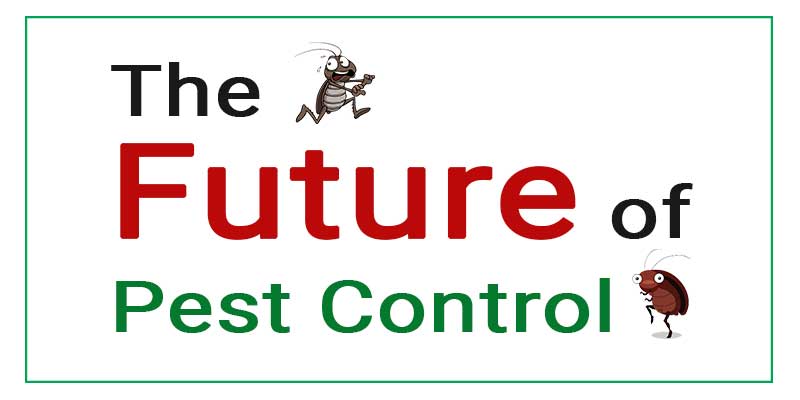
3. Internet of Things (IoT) and Pest Control
3.1 IoT Devices for Pest Monitoring
The Internet of Things (IoT) has transformed the way we interact with technology, and it has also influenced the field of pest control. IoT devices, such as sensors and cameras, are being used to monitor pest activity and provide real-time data on pest populations. These devices can be placed in strategic locations to capture valuable information, including pest movement patterns, population density, and environmental conditions.
3.2 Smart Traps and Sensor Technologies
Smart traps equipped with IoT-enabled sensors are becoming increasingly popular in pest control. These traps are designed to attract and capture pests while collecting valuable data. The sensors in these traps can detect the presence of pests, monitor their activity, and transmit the data to a centralized system for analysis. This real-time information allows pest control professionals to respond quickly and implement targeted control measures.
3.3 IoT-Enabled Pest Control Systems
IoT-enabled pest control systems integrate various devices and technologies to provide a comprehensive and efficient approach to pest management. By combining data from IoT devices, artificial intelligence, and predictive analytics, these systems can detect pest outbreaks, track their movements, and optimize the deployment of control measures. This level of automation and data-driven decision-making enables more effective pest control while minimizing the use of chemical pesticides.
4. Drone Technology in Pest Control
4.1 Aerial Spraying Drones
Drone technology has opened up new possibilities in pest control, particularly in large-scale agricultural settings. Aerial spraying drones have the capability to cover vast areas quickly and accurately. Equipped with pesticide delivery systems, these drones can precisely target affected areas and apply pesticides in a controlled manner. This not only increases efficiency but also reduces the exposure of humans and non-target organisms to chemical pesticides.
4.2 Surveillance Drones for Pest Detection
Surveillance drones equipped with high-resolution cameras and thermal imaging sensors are being used for pest detection. These drones can fly over fields and analyze crop health, identifying areas of potential pest infestation. By providing early detection of pest outbreaks, surveillance drones help farmers and pest control professionals take timely action to prevent further damage.
4.3 Limitations and Future Potential
While drone technology has revolutionized pest control, there are still limitations to be addressed. Factors such as flight time, payload capacity, and regulatory restrictions can impact the effectiveness of drone-based pest control operations. However, ongoing advancements in drone technology are addressing these limitations, and we can expect to see even more innovative solutions in the future. Drones have the potential to greatly improve the efficiency and sustainability of pest control practices.
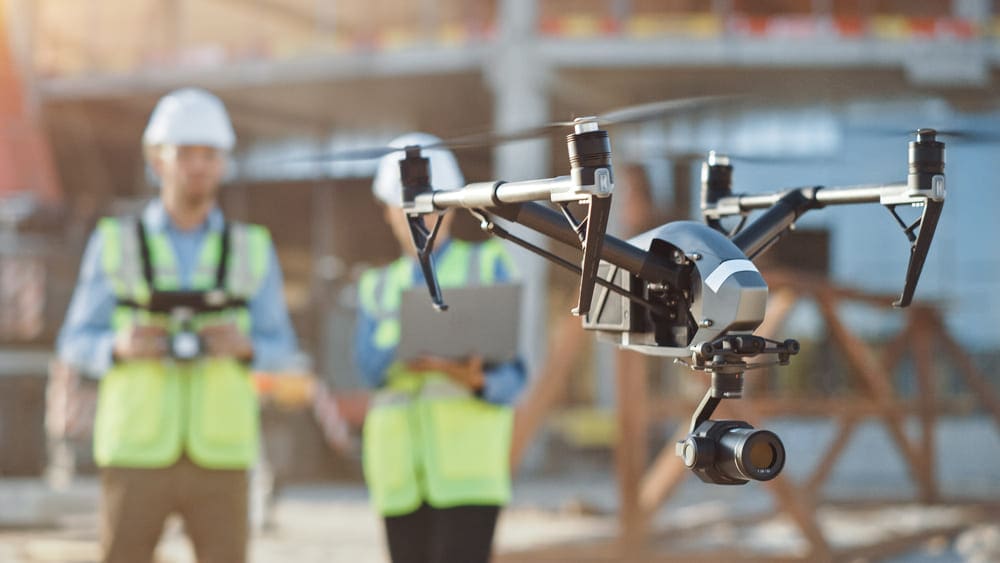
5. Genetic Pest Control
5.1 Introduction to Genetic Pest Control
Genetic pest control involves the use of genetic manipulation techniques to control pest populations. This approach focuses on altering the genetic makeup of pests to disrupt their ability to reproduce and survive. By introducing genetic modifications into pests, we can effectively reduce their populations without the need for chemical pesticides.
5.2 Genetic Modification of Pests
Scientists have developed various techniques to genetically modify pests. One such technique is the insertion of genes that produce lethal toxins into pest genomes. When pests with these genetic modifications mate in the wild, their offspring inherit these lethal genes and fail to reach adulthood, effectively reducing the pest population. Genetic modification can also be used to introduce traits that make pests more susceptible to natural enemies, enhancing biological pest control.
5.3 Sterile Insect Technique (SIT)
The sterile insect technique (SIT) is a genetic pest control method widely used against insect pests. This technique involves rearing large numbers of pests in a controlled environment, sterilizing them using radiation, and releasing them into the wild. When sterile male insects mate with wild females, no offspring are produced, leading to a decline in the pest population over time. SIT has been successfully implemented in various pest eradication programs and is considered an environmentally-friendly approach to pest control.
6. Nanotechnology and Pest Control
6.1 Nanoparticles for Pest Control
Nanotechnology has opened up new possibilities in pest control by utilizing nanoparticles to target and control pests. Nanoparticles can be engineered to have specific properties, such as enhanced stability, increased toxicity to pests, and targeted delivery to pest-infested areas. These nanoparticles can be incorporated into various pest control products, such as sprays and baits, to improve their effectiveness and reduce their environmental impact.
6.2 Nano-pesticides and Their Advantages
Nano-pesticides, which incorporate nanotechnology into pesticide formulations, offer several advantages over conventional pesticides. The smaller size of nanoparticles allows for better penetration of pest exoskeletons, increasing the effectiveness of the pesticide. Nano-pesticides also require lower doses of active ingredients, reducing the amount of chemicals released into the environment. Additionally, the controlled release properties of nanoparticles ensure longer-lasting pest control.
6.3 Challenges and Ethical Considerations
Despite the potential benefits of nanotechnology in pest control, there are concerns regarding its safety and potential risks. The effects of nanoparticles on non-target organisms and the environment are still not fully understood. Ethical considerations must be taken into account to ensure the responsible use of nanotechnology in pest control. Regulations and guidelines are necessary to address any potential risks and promote the sustainable and safe use of nanotechnology in pest management.
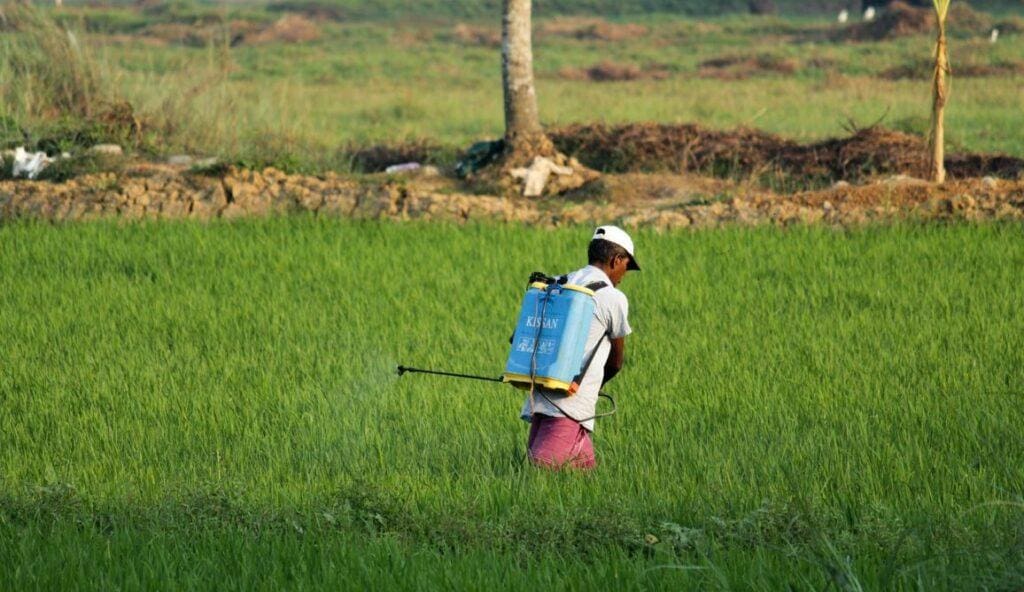
7. Predictive Analytics and Pest Control
7.1 Utilizing Big Data for Pest Surveillance
The advent of big data has provided valuable insights and opportunities in pest control. By analyzing large volumes of data collected from various sources, such as sensors, weather stations, and historical pest records, predictive analytics can be used to forecast pest outbreaks. This data-driven approach to pest surveillance enables early detection and proactive management strategies.
7.2 Predictive Models for Pest Outbreaks
Predictive models based on machine learning algorithms can analyze complex data patterns and predict the likelihood of pest outbreaks. These models take into account various factors, such as weather conditions, pest life cycles, and population dynamics, to generate accurate predictions. By anticipating pest outbreaks, pest control professionals can implement preventive measures and minimize the economic and environmental impact of infestations.
7.3 Enhancing Pest Control Strategies
The integration of predictive analytics into pest control strategies allows for more efficient and targeted pest management. By leveraging real-time data and predictive models, pest control professionals can optimize the timing and selection of control measures. This leads to more effective pest control, reduced reliance on chemical pesticides, and improved resource allocation. Predictive analytics has the potential to transform pest control practices and make them more sustainable and environmentally-friendly.
8. Green Pest Control Methods
8.1 Organic Pest Control
Organic pest control methods focus on the use of natural and environmentally-friendly techniques to manage pests. These methods include the use of biological control agents, such as predatory insects and beneficial nematodes, as well as cultural practices, such as crop rotation and companion planting, to discourage pests. Organic pest control avoids the use of synthetic chemical pesticides and promotes the overall health and balance of the ecosystem.
8.2 Eco-friendly Pest Control Products
The demand for eco-friendly pest control products has been on the rise in recent years. These products are formulated using natural ingredients and are certified organic, ensuring they meet strict environmental and safety standards. Eco-friendly pest control products include botanical insecticides, insecticidal soaps, and microbial-based pesticides. These products provide effective pest control while minimizing the impact on non-target organisms and the environment.
8.3 Sustainable Pest Management Practices
Sustainable pest management practices aim to reduce the reliance on chemical pesticides and promote long-term pest control solutions. This approach emphasizes the integration of various pest control methods, including biological control, cultural practices, and monitoring techniques. By combining these practices, pest control professionals can implement more sustainable and resilient pest management strategies that minimize the risks to human health and the environment.
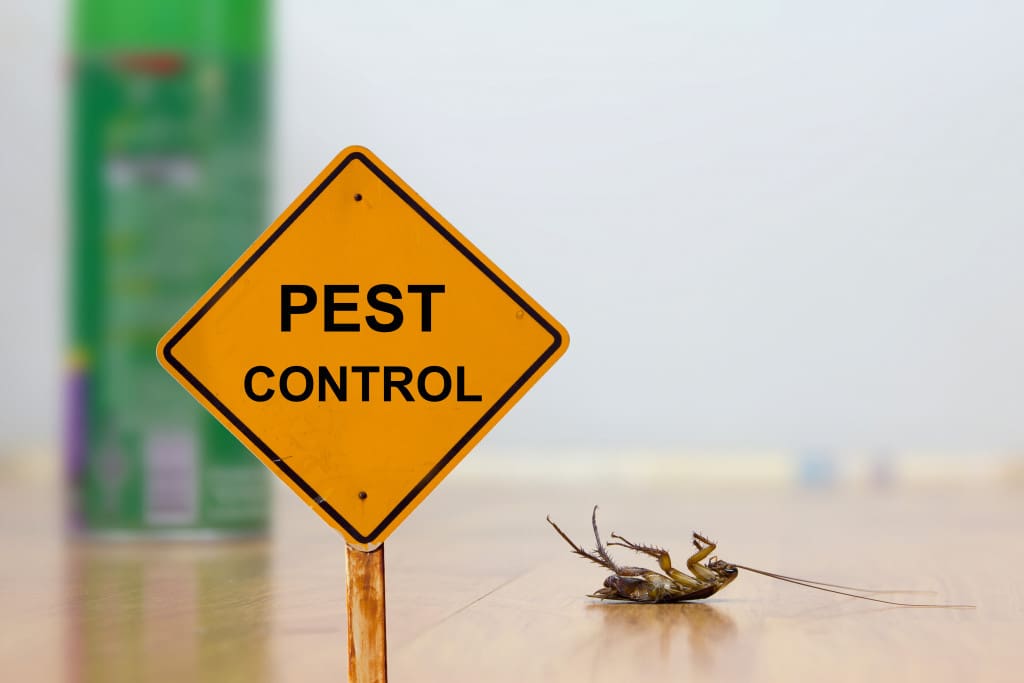
9. Bio-inspired Pest Control Solutions
9.1 Biomimicry in Pest Control
Biomimicry involves drawing inspiration from nature to solve complex problems. In the field of pest control, biomimicry has led to the development of innovative solutions based on natural pest control mechanisms. For example, researchers have studied the chemical signals used by insects to communicate and reproduce, leading to the development of pheromone-based pest control methods. By mimicking nature’s strategies, we can develop effective and eco-friendly pest control solutions.
9.2 Emergence of Nature-Based Solutions
Nature-based solutions focus on utilizing ecological principles to manage pests sustainably. These solutions consider the interactions between pests, natural enemies, and the environment to promote natural balance and pest suppression. Examples of nature-based solutions include habitat manipulation, conservation biological control, and the creation of biodiversity-rich landscapes. Nature-based solutions not only provide effective pest control but also enhance the resilience of ecosystems.
9.3 Case Studies and Success Stories
Numerous case studies demonstrate the success of bio-inspired pest control solutions. For instance, the use of pheromone traps to monitor and control insect pests in agriculture has proven highly effective. The application of habitat management techniques, such as planting native vegetation and creating insect-friendly landscapes, has also shown promising results in pest suppression. These success stories highlight the potential of bio-inspired pest control solutions in achieving sustainable and ecologically-friendly pest management.
10. Advancements in Pest Monitoring Techniques
10.1 Remote Sensing and Pest Surveys
Remote sensing technologies, such as satellite imagery and aerial surveys, are being used to monitor pest populations on a large scale. These technologies provide detailed and up-to-date information on crop health and pest infestations, allowing for timely and efficient pest management. The use of remote sensing in pest surveys enhances the accuracy of pest monitoring and enables targeted control measures.
10.2 Data-Driven Pest Monitoring
Data-driven pest monitoring utilizes advanced data analysis techniques to interpret and analyze pest-related data. By collecting and analyzing data from various sources, such as sensors, traps, and weather stations, pest control professionals can gain valuable insights into pest behavior and population dynamics. This data-driven approach improves the accuracy of pest monitoring and facilitates better decision-making in pest control strategies.
10.3 Real-time Pest Monitoring Systems
Real-time pest monitoring systems utilize IoT devices and data analysis algorithms to provide continuous and real-time information on pest populations. These systems can detect and report pest activity, allowing for prompt action to be taken to prevent infestations. Real-time pest monitoring provides a proactive and efficient approach to pest management, reducing the reliance on reactive and potentially harmful control measures.
10.4 Integration of Pest Monitoring with IoT
The integration of pest monitoring systems with IoT technologies enables seamless data collection, analysis, and control. By utilizing IoT devices, such as sensors, cameras, and traps, pest control professionals can obtain accurate and real-time data on pest populations, movement patterns, and environmental conditions. This integration enhances the effectiveness of pest control measures and promotes a more sustainable and targeted approach to pest management.
In conclusion, advancements in pest control technologies are reshaping the field and offering innovative and sustainable solutions. From biological pest control to AI, IoT, genetic pest control, nanotechnology, predictive analytics, green methods, bio-inspired solutions, and advancements in pest monitoring techniques, these new approaches improve efficiency, reduce reliance on chemical pesticides, and prioritize the protection of human health and the environment. By embracing these innovations and continually exploring new avenues, we can create a future of pest control that is both effective and environmentally-conscious.
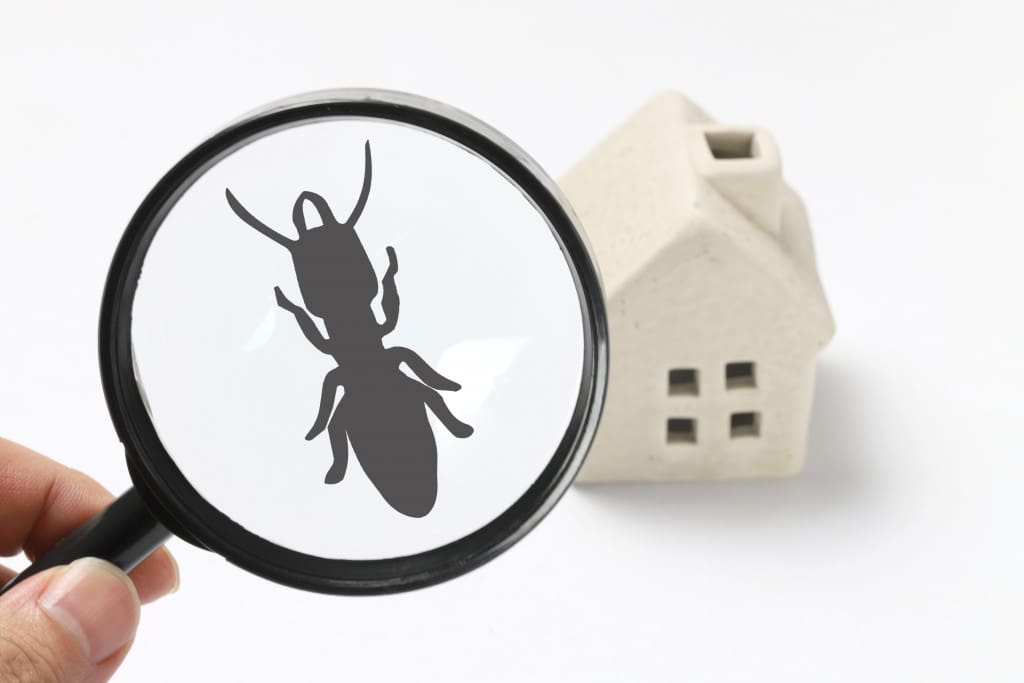

I am Randy, the author behind PestControld.com. Drawing from decades of experience, I aim to provide valuable insights, expert advice, and practical recommendations to help you make informed decisions when assessing viable pest control solutions.